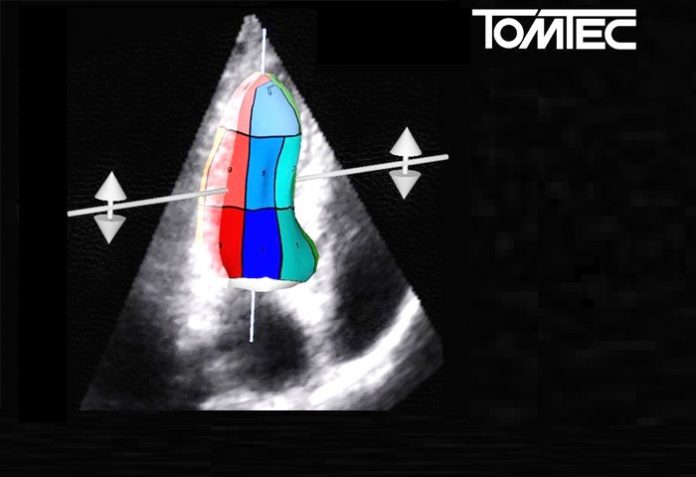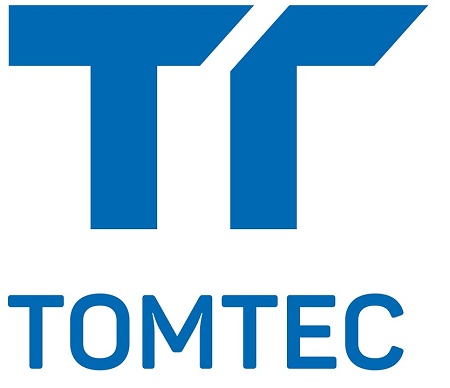During the last years there has been a rapid development concerning new techniques for the use of various cardiac imaging methods. Besides the well-known cardiac ultrasound methods there are now more and more imaging modalities coming up. Cardiac MRI and CT are playing here a major role. It seems that Cardiac Imaging is becoming even a trend market for tomografic imaging modalities. Despite all this new technical advances the good old Echocardiography has developed mayor technical advances to compete against the upcoming technologies.
Dr. Stefanie Maier is Jun. Marketing Manager at TomTec Imaging Systems GmbH, Munich, Germany. Prior to accepting this role she worked as a physician in different hospitals and pisions. With this medical background she is now responsible for clinical marketing.
During the last years there has been a rapid development concerning new techniques for the use of various cardiac imaging methods. Besides the well-known cardiac ultrasound methods there are now more and more imaging modalities coming up. Cardiac MRI and CT are playing here a major role. It seems that Cardiac Imaging is becoming even a trend market for tomografic imaging modalities. Despite all this new technical advances the good old Echocardiography has developed mayor technical advances to compete against the upcoming technologies.
Attention should be paid to 3D and 4D analysis packages and the optimized workflow and position of Ultrasound within the cardiac clinical environment.
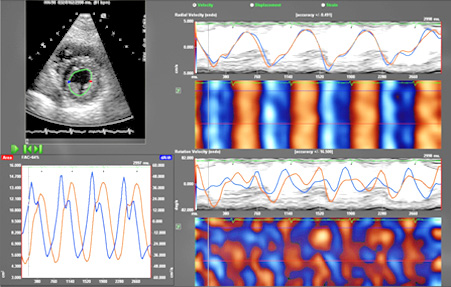
Display of 2D Strain Analysis with 2D Cardiac Performance Analysis©, TomTec
Cardiac imaging is needed to display and assess both morphology and function of the beating heart. Cardiac Ultrasound offers the best enabling technology for a combined analysis of the morphological as well as the functional aspects. Using new algorithms based on a speckle-tracking technique (2D Cardiac Performance Analysis©, TomTec), may result in a more precise quantification of myocardial function. In addition there is a possibility to quantify wall motion abnormalities and dyssynchrony, which may lead to a more precise clinical decision.
Spectacular advances have been evolving in 3D Echocardiography. Innovative software solutions deliver dynamic 3D images of the heart and allow a comprehensive analysis of the beating heart with all its aspects. High end technical developments have made the use of these software applications simpler and automated, in many centres this technology is already daily clinical routine. A complex anatomical pathology for example may be visualized in a 3-dimensional view with a workflow of just two clicks (4D Cardio-ViewTM, TomTec).
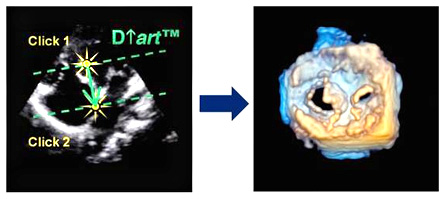
3-dimensional representation of a single-ventricle-pathology with 4D Cardio-ViewTM, TomTec
3D cardiac ultrasound analysis is already established to interface different Cardiac departments. Mitral valve diseases may serve as an example: according to the pathology, the 4D-display and functional assessment with specialized software (4D MV-Assessment©, TomTec) may increase diagnostic confidence and support therapeutic decision-making. The surgeon is enabled to plan an optimal therapeutic intervention strategy by the use of the 3D “surgical view” display, multidisciplinary collaboration and communication –like in this case between cardiologists and cardiac surgeons- improve efficiency and finally reduce costs.
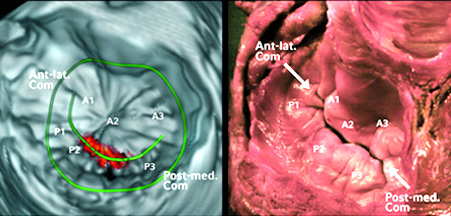
Comparison of a 3-dimsenional Ultrasound display of the mitral valve with 4D MV-Assessment©, TomTec with an intra operative surgical view
Echocardiography is facing more and more competition from other imaging modalities, like cardiac MRI because their 3D quantification is considered to be the gold standard. 4D LV-Analysis©, TomTec works on 3D Echo data and has proven to have a high correlation with cardiac MRI results in terms of functional parameters of the LV. It does not only eliminate the LV shape assumptions of a 2D Echo method but it provides a full assessment of the LV including volumes, EF, dysynchrony with no more efforts than the current routine methods. 4D LV-Analysis©, features advanced automatic contour finding algorithms for an easy, fast, accurate and highly reproducible functional analysis of the left ventricle, even for patients that are difficult to image.
Keeping in mind such patients carry a pace maker which makes them not applicable for MRI or CT investigations.
3-dimensional display of the left ventricle with 4D LV-Analysis©, TomTec
When it comes to the right ventricle analysis ultrasound methods could not provide results like the gold standard MRI.
This is changing:
So far all conventional ultrasound methods to quantify the RV are based on geometrical assumptions and they poorly correlate. 4D RV-Function©, from TomTec is designed for clinical use and is the first echo analysis software to overcome this limitations. A unique 3D surface model representing the true shape of the RV is used and provides much more accurate results. In clinical trials 4D RV-Function© closely correlates with MRI findings and as a result 4D RV-Function© provides an alternative to MRI for the assessment of volume and function of the RV.
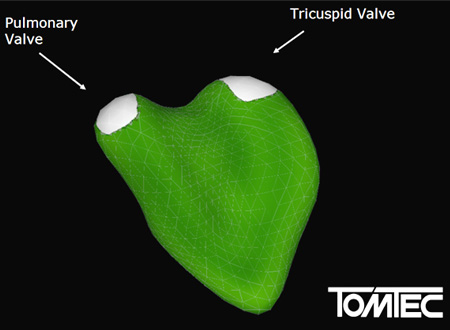
3-dimensional Ultrasound display of the right ventricle with 4D RV-Function©, TomTec
But the multitude of technical innovations and advances concerning Echocardiography as a diagnostic tool may not be the only reason for the recurring value of cardiac ultrasound. Another fundamental aspect is an optimized workflow for the user. Flexibility and efficiency within the clinical workflow are offered, as there is the possibility to perform the data analysis offline. Furthermore, this unique concept (CardioArenaTM) of a platform serves as a database and connectivity platform for multivendor and multimodality imaging data. Even cardiac imaging data of different vendors may be displayed, reviewed and analysed.
Not enough, advanced clinical application packages offer the possibility for innovative offline analysis. By means of its web-based technology, data, images and reports are available anytime anywhere. And in the end, the possibility of integrating in existing hospital infrastructure (such as HIS, CVIS or PACS) even takes account for cost-performance-analysis.
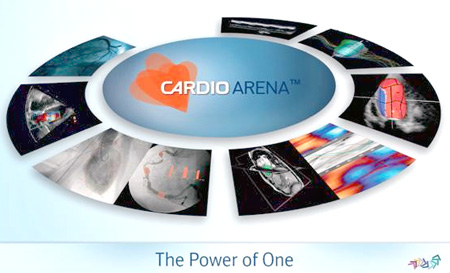
Program for Multimodality Cardiac Imaging: CardioArenaTM, TomTec
The continuing development of further software applications for the assessment of cardiac ultrasound data is going strong. Software for a 3D analysis of the atria, a 3D quantification tool for valvular diseases or a 3D stress Echo analysis method will break into new clinical fields. There are additional new challenges for the ultrasound assisted navigation in interventional therapies. With the help of constant technical improvement of the analysing software tools and an user-centred workflow optimization, 2D/3D/4D cardiac ultrasound is prepared to face future challenges and will become firmly established as an innovative cardiac imaging method.


















